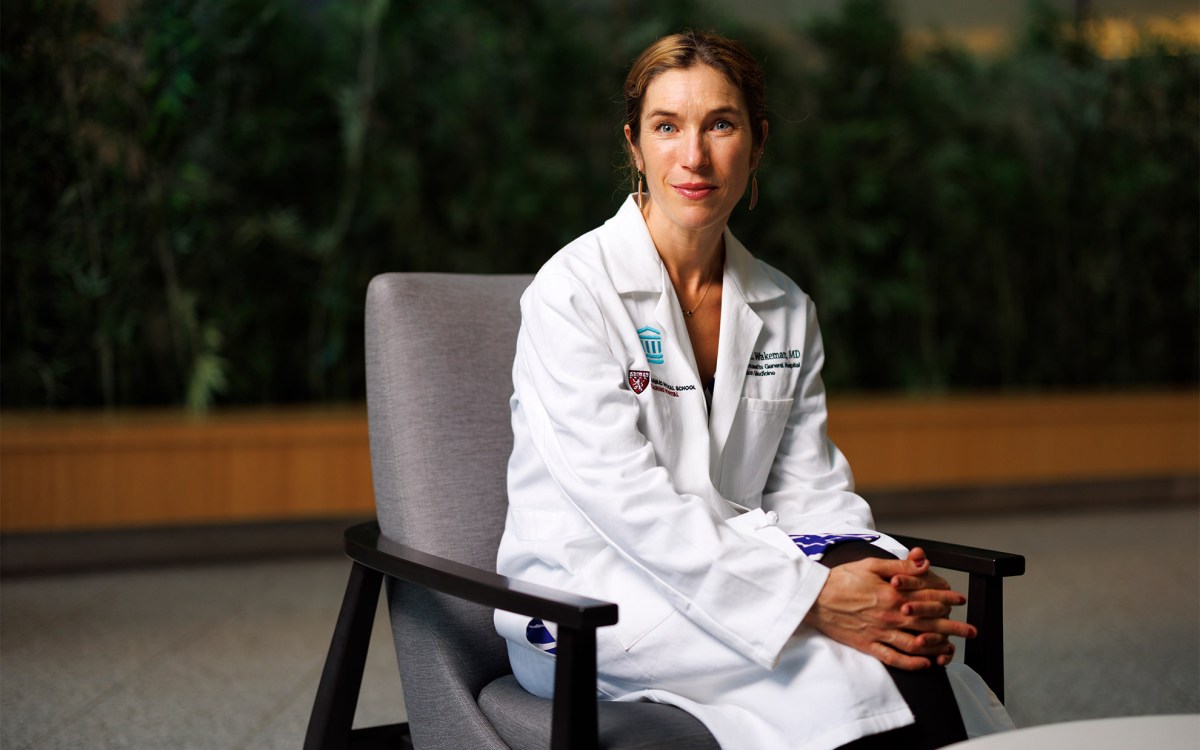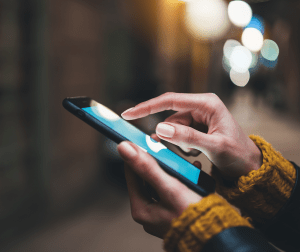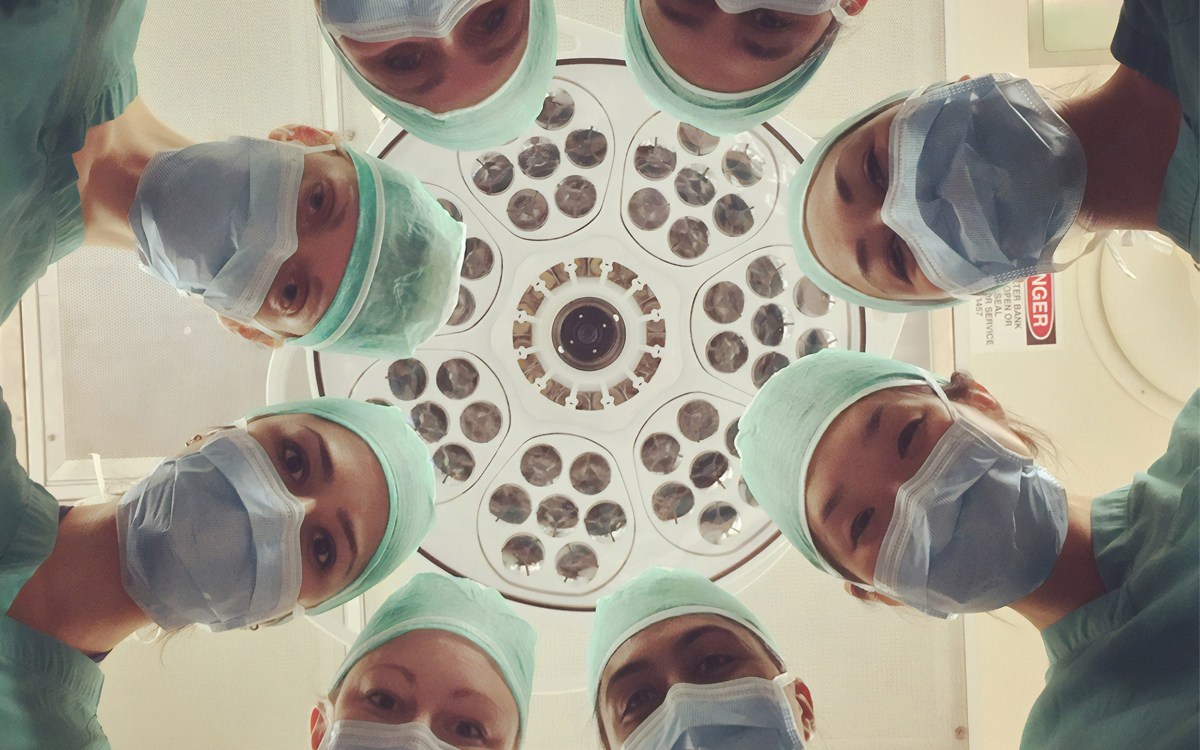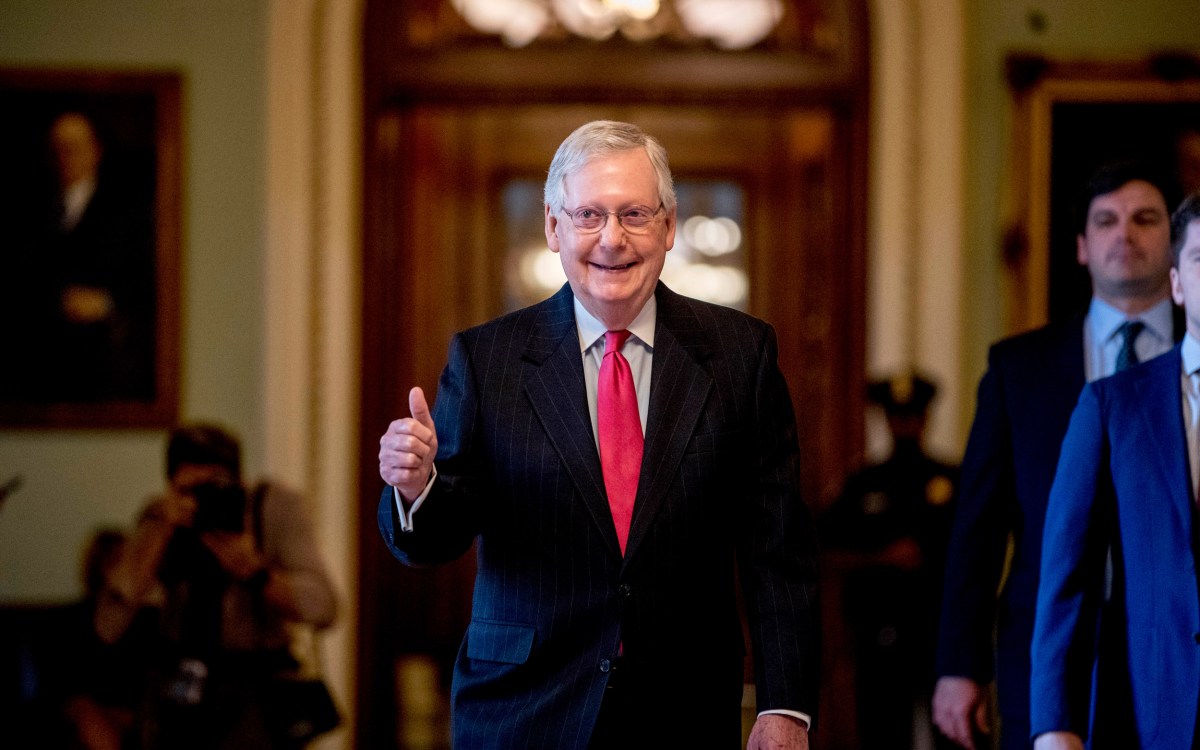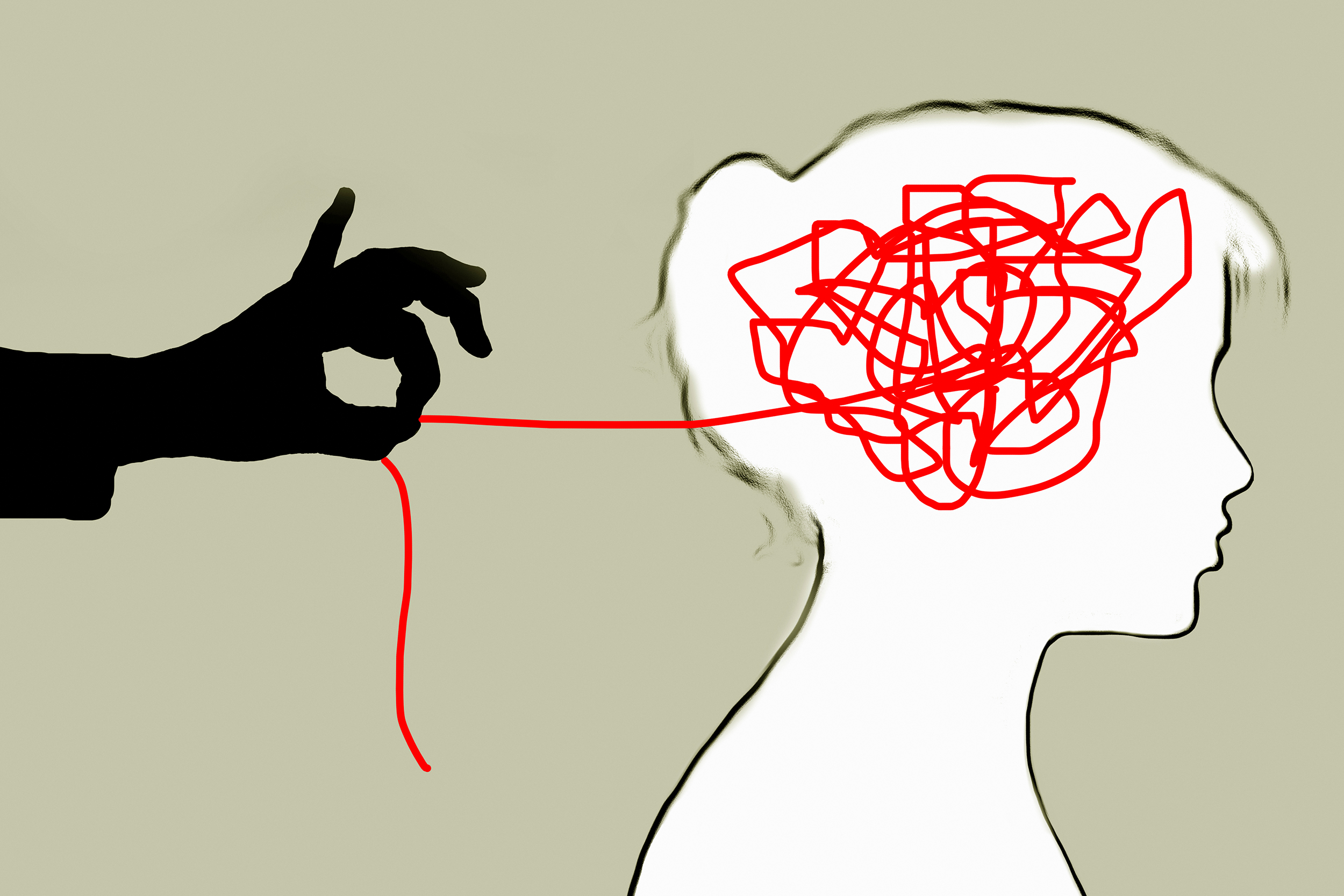
Illustration by Gary Waters
Online forum aims to teach how to deal with pandemic stress
Chan School session breaks down what it is, what it looks like, and ways to ease it
This is part of our Coronavirus Update series in which Harvard specialists in epidemiology, infectious disease, economics, politics, and other disciplines offer insights into what the latest developments in the COVID-19 outbreak may bring.
The first step in dealing with stress is understanding what it is and what it looks like.
That was the lesson Wednesday in the second in a series of weekly Harvard T.H. Chan School of Public Health online forums addressing the emotional and psychological effects of the COVID-19 crisis. Speaking from their home offices, Christy Denckla, a Chan School research associate in epidemiology, and Karmel Choi, a clinical and research fellow in psychology at the Chan School and Massachusetts General Hospital, broke down the challenge, identifying the components of stress and resilience before discussing strategies to deal with them. The forum was presented and recorded for later viewing on the cloud-based Zoom meeting app.
To manage in these extraordinary times, Choi said, it helps to understand the nature of stress. Using onscreen diagrams, she outlined its four major triggers: novelty, threat, unpredictability, and lack of control. “Each one of these on its own is enough to make us feel stressed,” she said. “With the coronavirus outbreak worldwide, we’re seeing all of these come together and all at once. It’s no wonder people are feeling stressed.”
How we react to these factors can vary widely, however. Choi identified four basic “bins,” or types of reactions: emotional, physical, cognitive, and behavioral. Although many of us associate stress with feelings of fear or anxiety, it may also manifest as irritability or numbness, she noted. Physically, we may feel less energetic, and may even find ourselves moving more slowly. Eating and sleeping habits may also be disrupted. In terms of cognition, we may find it more difficult to concentrate or think things through, and our memory may become faulty. Behavioral responses range from withdrawal to taking more risks, as we seek ways to exert control in a newly uncontrollable reality.
Awareness of these reactions is useful, Choi said, because it helps us identify and understand what is happening. “Anxiety and stress are normal,” she said. “Our brains are wired to pay attention to the things that are bad for us, and our bodies are wired to get us out of dangerous situations.” Ignoring stress can actually be counterproductive, because such denial may make us feel guilty or bad about our feelings.
To find a balance, Choi offered what she called “the Goldilocks principle”: “Some stress is good to keep us safe and on our toes,” she said, “while too much can get in the way of functioning.”
Resilience — the ability to bounce back and weather the storm — may be the key to finding this balance. Choi and Denckla, whose research has focused on resilience, see it as made up of different components. One part, she said, appears to be innate, a trait we are born with. Another is what she calls outcome, the lasting effect of trauma or stress. For example, some veterans suffer acutely from post-traumatic stress disorder, while others do not. Ongoing research is studying why outcomes differ, said Denckla, but at this point little is known.
“We’re not just working from home. We’re working from home in a pandemic. If things feel different it’s because they are different.”
Karmel Choi
More relevant to our current situation, and where her research has focused, is the middle component of resilience: process, or what happens and what we choose to do in the face of trauma.
She shared some encouraging news from a study of Hong Kong residents during the SARS epidemic. “The majority of people who experience high stress maintain stable functioning,” she said. A closer look at the elements that contributed to this group’s resilience revealed several factors. Focusing on those within our control, Denckla cited social, psychosocial, and biological elements. Self-regulating — whether that means turning off the news and tuning in a favorite music playlist — helps, as does exercise, which can be facilitated by any of the many online classes and recordings available. Social networks, even if necessarily online or virtual, appear to contribute to resilience as well.
“I’ve connected with an uncle in Italy,” she shared. “We exchange recipes and pictures of our dinners.”
Finally, she said, anything that promotes a sense of self-mastery or agency appears to help. Faith or mindfulness, for example, give a sense of meaning that can bolster our ability to weather difficult times.
The two offered concrete steps designed to both increase resilience and reduce stress. Denckla ran through a simple breathing exercise, explaining that deep and mindful “belly” breathing, held and released slowly, triggers the parasympathetic nervous system. Even a series of only three such breaths, held and released for a count of five, counters the panicked “fight or flight” response.
Maintaining a stable routine, rising at the same hour and observing meal times or family functions as much as possible, helps as well. At the same time, occasionally giving yourself permission to enjoy whatever gives you comfort is healthy, too.
More like this
“Be kind to yourself and others,” said Choi. “We shouldn’t be pushing for normal productivity. We’re not just working from home. We’re working from home in a pandemic. If things feel different it’s because they are different.”
The series, hosted by Karestan Koenen, Chan School professor of psychiatric epidemiology, will continue Wednesday at 11 a.m. with how to know if you need more help, a discussion about recognizing and treating significant and clinical distress. The forums are open to the public and can be accessed via the Chan School’s website.
